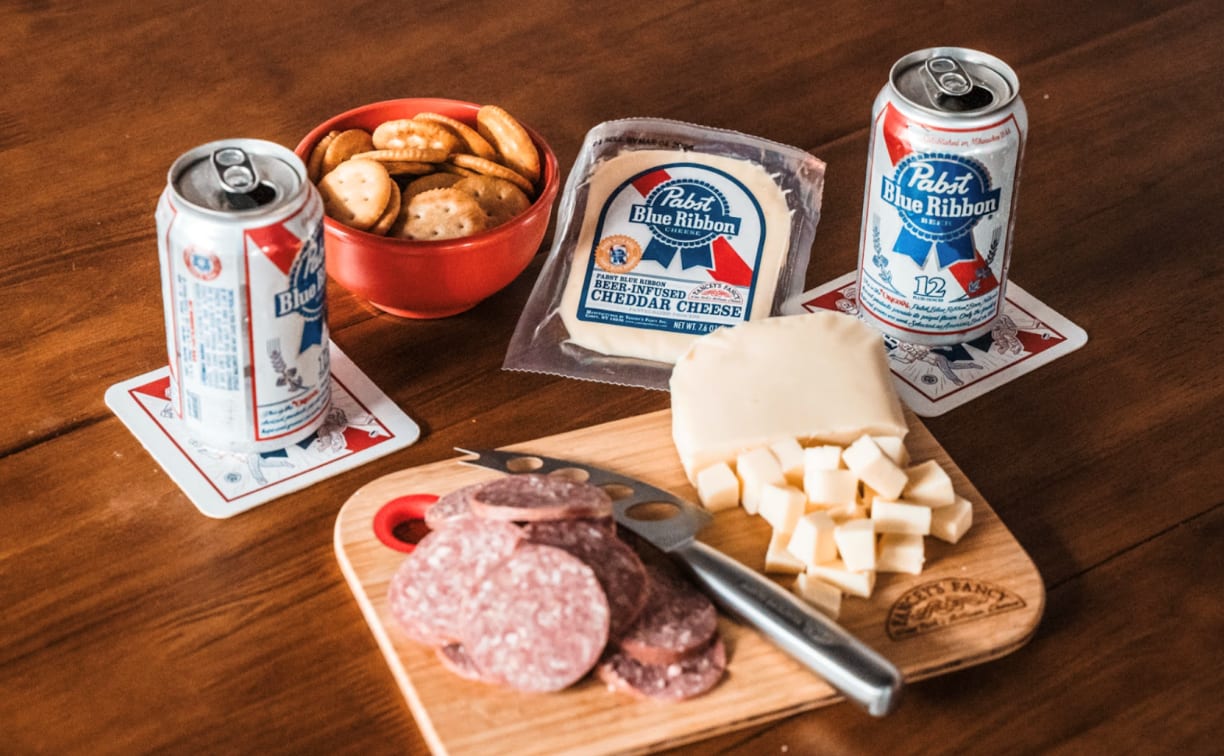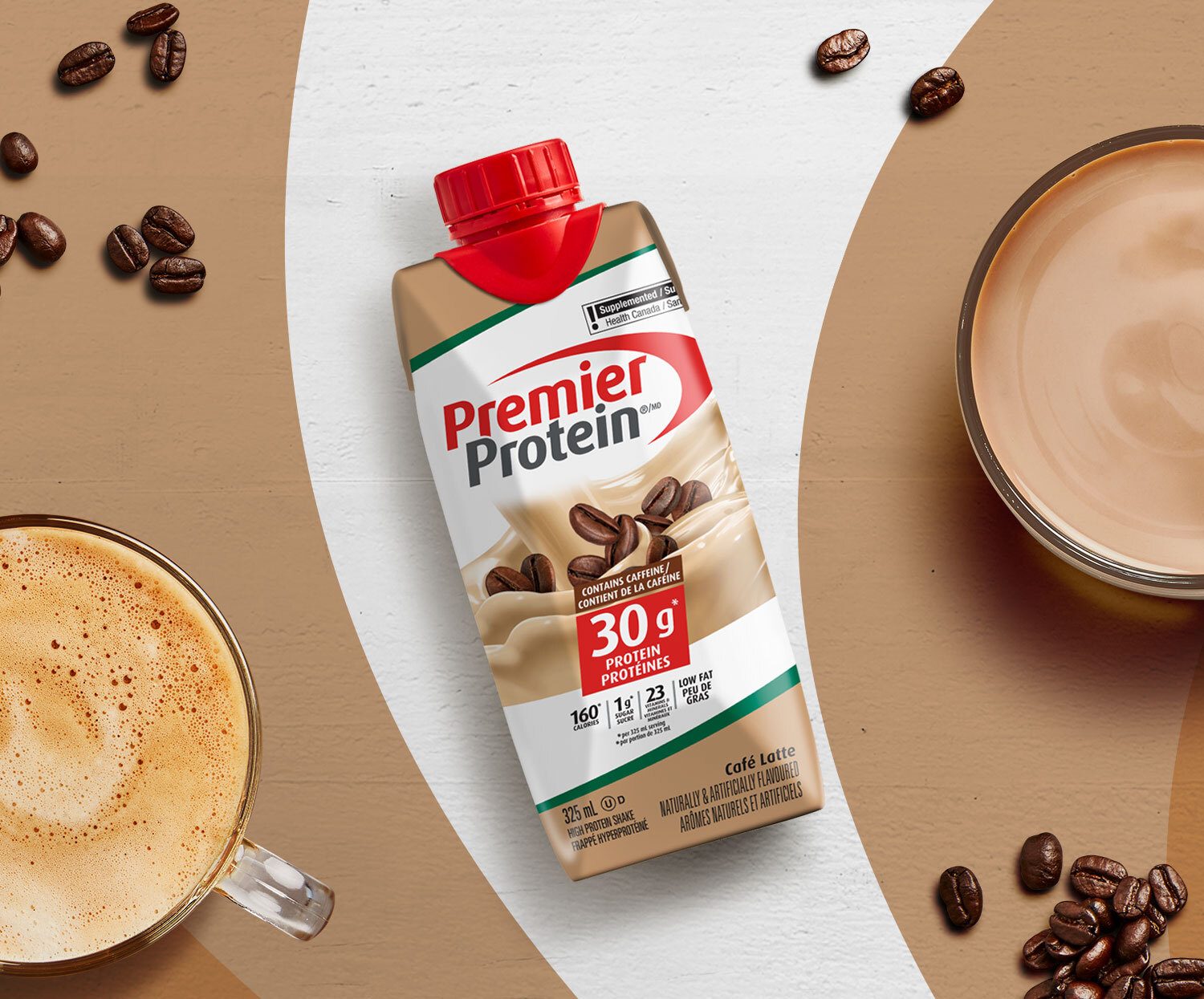Between Drinks
Food and beverage to support GLP-1 users
The first drug in a class known as GLP-1 agonists was approved in 2005 to treat diabetes. According to the Yale School of Medicine in a short write up titled “GLP-1 Agonists: Wonder Drugs of the 21st Century?” GLP-1s subsequently proved their certitude to treat obesity and prevent major cardiovascular events, and more than likely will soon be available to treat sleep apnea as well.
Moreover, GLP-1’s action on the brain is prompting research to gauge their value in curbing drug, alcohol and nicotine cravings, according to the Yale School of Medicine, leaving the question, “How do they work, what else might they do, and how do we ensure they are accessible to those who need them most?”
Given the increasing use of GLP-1s for weight management, IFF, a global leader in food, beverage, and health and wellness, recently released a report highlighting how the rapidly growing GLP-1 consumer market is reshaping the sensory experience and nutritional needs associated with food and drink.

(Photo by JLco - Julia Amaral/iStock / Getty Images Plus via Getty Images)
The report outlines how food and beverage manufacturers can better support this consumer segment with products that align with their evolving preferences.
“IFF is empowering our customers to lead the next wave of food and beverage innovations beyond traditional formulations, including helping GLP-1 consumers have choices they desire,” said Erik Fyrwald, IFF CEO, in a statement. “We aim to bring back the joy of eating and drinking by offering more, healthy, great-tasting nutrition choices for all consumer segments, including GLP-1 users.”
Despite the rapid rise in GLP-1 medication use, IFF notes that most food and beverage products fall short of meeting the needs of these consumers — or aligning with how they experience food.
IFF identified the following as a disconnect on three key levels:
- Nutritional: GLP-1 users are eating less, but require more from what they consume. They need nutrient-dense, smaller portions that efficiently deliver protein, fiber and hydration — without overwhelming flavors, IFF notes.
- Sensory: 85% percent of GLP-1 consumers report significant changes in their food and beverage preferences, according to IFF. Common aversions include fatty foods, sweets, deli meats, coffee and alcohol. Dry, sticky or dense textures also are frequently rejected.
- Emotional: Many consumers are navigating a changed relationship with food — one that might involve a sense of loss, social disruption and a search for new meaning in nourishment, IFF notes.
IFF says it is in the early stages of exploring GLP-1 consumer segmentation to help brands move beyond a one-size-fits-all approach toward one grounded in empathy, specificity and long-term relevance. As such, the company’s latest outlook defined the following key consumer personas, which are expected to evolve over time:
- Health Hacker Holly: Proactive, data-driven and focused on long-term wellness, this person views GLP-1 as part of a broader bio-optimization journey. They seek functional benefits in formats such as protein bars, smoothies and enriched hydration blends, prioritizing high-quality protein, added fiber and digestive support.
- Remedy Reacher Ron: Often managing chronic conditions such as diabetes, this person uses GLP-1 to reclaim their health and sees food as both medicine and maintenance. They look for fortified snacks and gut-friendly options aligned with medical guidance, favoring meal kits and low-glycemic shakes.
- Glow Getter Gail: Transformation-minded and focused on lifestyle and self-image, this person wants food that aligns with her goals and identity — aspirational yet approachable, with “glow-up” appeal. They seek portion-conscious indulgences, beauty-boosting nutrition and enjoyable flavors in formats such as smoothies, functional waters and shareable treats.
The outlook also outlines how the food and beverage needs of each GLP-1 person can evolve over time.
“In the initial treatment phase, consumers need support managing smaller portion sizes and medication side effects,” the company says. “The transitional phase focuses on preventing regression, requiring flexible serving sizes and flavor intensity options that adapt to changing cravings. In the ‘forever’ phase, consumers seek to sustain their new routines with habit-forming formats for daily use, nutritional fortification and pre-portioned high-satiety foods.”
IFF also introduced a comprehensive framework that is designed to guide both the reformulation of existing products and the development of new offerings, approaching challenges such as muscle mass maintenance, satiety, digestive support and sensory preferences, the company notes.
With functional beverage trends continuing to gain traction, and more recently the rise in GLP-1 use to promote healthy living, it appears that beverage-makers will have to continue to innovate to meet evolving consumer trends.
Two great American traditions
Pabst Blue Ribbon and Yancey’s Fancy dropped a game-changer for beer and cheese lovers alike: Pabst Blue Ribbon Beer Flavored Cheese. Yancey’s Fancy traces its American cheese-making roots to 1926, while Pabst has been brewing beer in the United States, since 1844. Inspired by PBR’s unexpected foray into cheese making during Prohibition, and Yancey’s notoriety as a “House of Flavor,” this partnership blends two of America’s great traditions: beer and cheese, the companies say. “Yancey’s history with cheese-making crossed with the legacy of Pabst Blue Ribbon creates a nostalgic tip of the hat to the long history of cheese and beer as counterparts,” said Hunter Cox, brand manager of Pabst Blue Ribbon, in a statement. “They did a killer job with the flavor profile, honing the notes of PBR to sit well with the tang of the cheddar. The combo of beer and cheese is unmatched, making this collaboration something that people need to try.” Yancey’s CEO, Eric Cosnoski, added: “The Yancey’s brand is known for robust flavored cheese, so when the Pabst team approached us, we were thrilled to create a truly unique cheese. We spent six months meticulously refining the taste and mimicking the nuanced botanicals to capture the complex taste experience of drinking a PBR. If you are a PBR fanatic, this will be your new favorite cheese.” Pabst Blue Ribbon Beer Flavored Cheese will be rolling out in supermarkets nationwide. For those who prefer to shop online, an eCommerce option also is on the way, it notes.

Invitation to take a break
Pure Leaf is teaming up once again with actress, producer and mother Lindsay Lohan to reinforce how taking a tea break can be the revitalizing key to a better day. The benefits of a short, intentional break are plentiful — sharper focus, higher energy even less stress — yet in today’s hustle culture, many people struggle to take one, the company says. That’s why Pure Leaf is continuing its ”Time for a Tea Break, Time for a Pure Leaf” campaign in collaboration with Lohan — bridging the gap between knowing you should take a break and actually taking one, it adds. “As a busy working mom, I know all too well how challenging it can be to take a moment during your day to pause. To have a ‘real’ break,” Lohan said in a statement. “That’s why I’m proud to continue my partnership with Pure Leaf and revitalize tea breaks across America. Making time for a simple, short break with Pure Leaf Iced Tea helps me feel refreshed and ready to take on whatever lies ahead, and I want to encourage others to do the same.” Zach Harris, vice president and general manager for Pepsi Lipton Partnership North America, added: “In today’s always-on world, taking a short break can feel indulgent — but it shouldn’t. Our Time for a Tea Break, Time for a Pure Leaf campaign is about reminding people that taking a few minutes for yourself can make a big difference.”
Casamigos’ house of friends
Casamigos Tequila announced the launch of its global creative campaign Anything Goes with My Casamigos. Bright, bold and fun, the campaign, developed in partnership with creative agency Accomplice and director Alex Prager, celebrates unexpected connection and friendship, highlighting the ease and approachability of the brand’s award-winning liquid, it says. “Casamigos has always been warm and inviting — from its name, which means house of friends, to the versatile and inviting nature of its liquid,” said Sophie Kelly, global head of agave spirits, in a statement. The hero film brings consumers into Casamigos’ “House of Friends,” a world where there are no strangers — only friends you’ve yet to meet, the company says. In the series of films, the cast of friends include The Cowboy, The Movie Star and The Big Shot and their great adventures together. The 360-degree integrated marketing campaign launched with a hero 30-second spot, a full suite of social and digital assets, along with robust media plans including linear and streaming TV, digital and OOH, the company notes. The campaign will be supported through exciting cultural partnerships and spaces where it can come to life for consumers across North and Central America, Australia, Great Britain and European markets, it says.
Did You Know?
America’s obsession with protein isn’t slowing down — and brands like Premier Protein and Muscle Milk are reaping the rewards.
According to data from brand tracking platform Tracksuit, between November 2024 and April 2025, U.S. category penetration for ready-to-drink protein shakes rose by three percentage points to 45% — meaning more than 114 million Americans have purchased a ready-to-drink protein shake in the past three months, the company notes.
Premier Protein saw a five-percentage point increase in usage, with 44% of consumers who’ve purchased a RTD protein shake saying they’ve purchased or consumed the brand in the past three months.
Muscle Milk also saw a three-percentage point increase, with 24% of consumers who’ve purchased a RTD protein shake reporting they’ve used or bought Muscle Milk during that same timeframe.
The growth isn’t limited to one group as 18-24-year-olds, adults 35 and older, and both women and men are all fueling the trend, according to Tracksuit.


